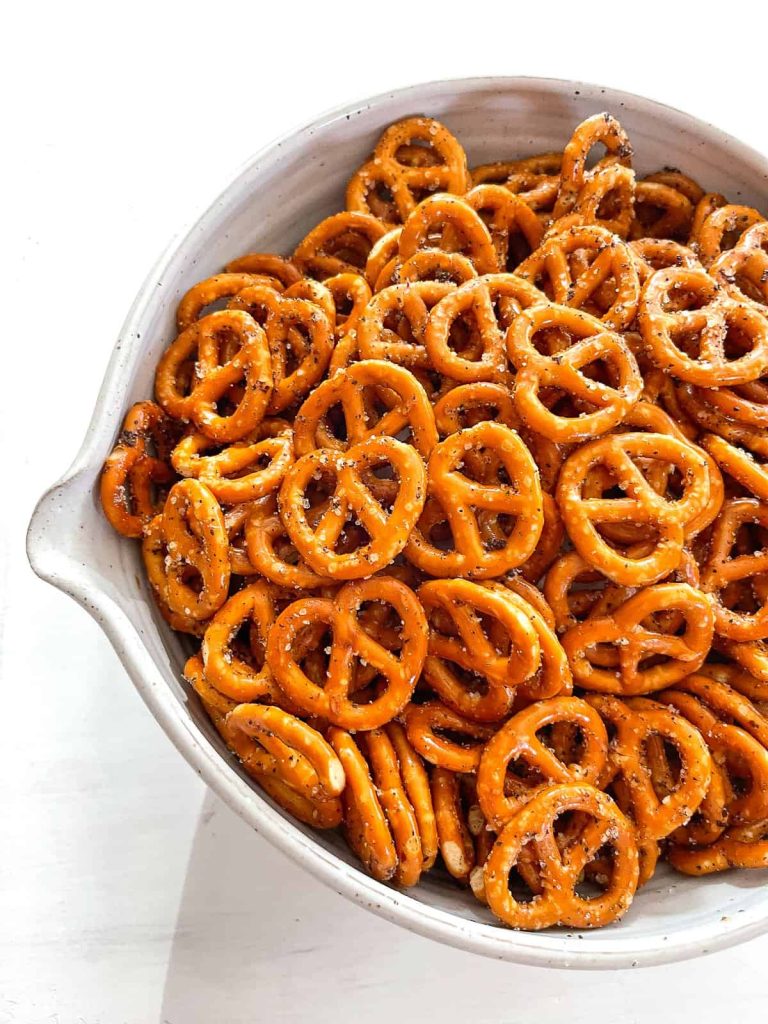Tandoori Masala Spice Mix: Discover the Authentic Flavor and Health Benefits
Tandoori Masala, a blend of spices, originated in the Indian subcontinent. Its name derives from “tandoor,” a traditional clay oven where dishes like tandoori chicken are cooked. The recipe for this spice mix evolved over centuries, influenced by various regional cuisines. Tandoori Masala reflects the rich culinary history of India, showcasing layers of flavors that developed through trade and cultural exchanges.
Key Ingredients and Their Flavors
Several ingredients make Tandoori Masala distinct. Listed below are the primary spices and their specific flavor contributions:
- Coriander: Adds a citrusy, earthy taste.
- Cumin: Introduces a warm, slightly bitter note.
- Ginger: Brings a sharp, spicy undertone.
- Garlic Powder: Enhances with a savory, pungent essence.
- Turmeric: Contributes a mild, bitter flavor and yellow color.
- Paprika: Provides a sweet, peppery dimension.
- Cayenne Pepper: Adds heat for a spicy kick.
- Garam Masala: A mix of spices like cloves, cinnamon, and cardamom, adding depth and complexity.
These components interact to create a balanced, aromatic blend ideal for various dishes. Each ingredient contributes unique properties, making Tandoori Masala an essential spice mix in your culinary arsenal.
How Tandoori Masala Spice Mix is Made
Traditional vs. Commercial Preparation
Traditional Tandoori Masala preparation involves selecting fresh, whole spices. Common spices include coriander seeds, cumin seeds, and whole cloves. You toast these spices to release their oils. After toasting, the spices are ground into a fine powder. This method provides a robust flavor profile.
In contrast, commercial preparation often skips the toasting step. Pre-ground spices are mixed in large batches. Manufacturers use fillers and preservatives to extend shelf life. While convenient, this can compromise flavor intensity and authenticity.
DIY Tandoori Masala at Home
To make Tandoori Masala at home, gather your spices. Key ingredients include coriander seeds, cumin seeds, turmeric, and paprika. Measure quantities precisely.
Follow these steps:
- Toast Whole Spices: Toast coriander seeds, cumin seeds, and cloves until aromatic.
- Grind Spices: Cool toasted spices, then grind to a fine powder using a spice grinder.
- Mix and Store: Combine ground spices with turmeric, paprika, and other ingredients. Store in an airtight container.
Homemade Tandoori Masala ensures freshness and control over quality. You can omit or include certain spices based on your dietary preferences. By making your own, you preserve the authentic flavors central to Indian cuisine.
Given the origins, key ingredients, and versatile uses, understanding how to prepare Tandoori Masala enhances your culinary skills.
Culinary Uses of Tandoori Masala Spice Mix
Classic Recipes with Tandoori Masala
Tandoori Masala creates authentic flavors in classic Indian dishes. Use it as a marinade for Tandoori Chicken by mixing the masala with yogurt and lemon juice. Marinate chicken pieces for at least 4 hours for optimal flavor. For a vegetarian option, coat paneer cubes with the spice mix and grill them to make Tandoori Paneer. You can also enhance the taste of lamb or beef by marinating them with this versatile blend before grilling or baking. Each traditional dish benefits from the rich and aromatic notes provided by Tandoori Masala.
Innovating New Dishes
Experiment with Tandoori Masala to create new culinary delights. Add a teaspoon to your roasted vegetables for an exotic twist. Use it to season seafood like shrimp or fish fillets before grilling for a unique flavor profile. Mix a small amount into burger patties to infuse them with the masala’s distinctive spices. This blend can also elevate the taste of rice dishes if you sprinkle it while cooking. Innovate by incorporating Tandoori Masala into soups and stews for a subtle, warming heat that differentiates your creations from the norm.
Health Benefits of Tandoori Masala Spice Mix
Nutritional Content
Tandoori Masala contains nutrient-rich spices. Coriander offers dietary fiber and magnesium. Cumin delivers iron and antioxidants. Turmeric, known for curcumin, provides anti-inflammatory properties. Paprika contributes capsaicin and Vitamin A. Fenugreek seeds offer protein and soluble fiber, aiding digestion.
Potential Health Benefits
Tandoori Masala offers several health advantages. Anti-inflammatory spices like turmeric and paprika may reduce inflammation. Antioxidant-rich cumin and coriander help neutralize free radicals. Fenugreek seeds aid digestion, while the mix’s capsaicin may boost metabolism. Turmeric’s curcumin can enhance brain function and lower chronic disease risk. Additionally, spices rich in vitamins and minerals may support overall immune health.
Conclusion
Embracing Tandoori Masala in your kitchen not only elevates your culinary creations but also contributes to your overall well-being. This spice mix offers a delightful blend of flavors and a range of health benefits thanks to its nutrient-rich ingredients. Experiment with Tandoori Masala in both traditional and innovative recipes to discover its full potential. By incorporating this versatile spice blend into your meals, you enhance your dishes while supporting a healthier lifestyle. So go ahead and make Tandoori Masala a staple in your spice cabinet.






